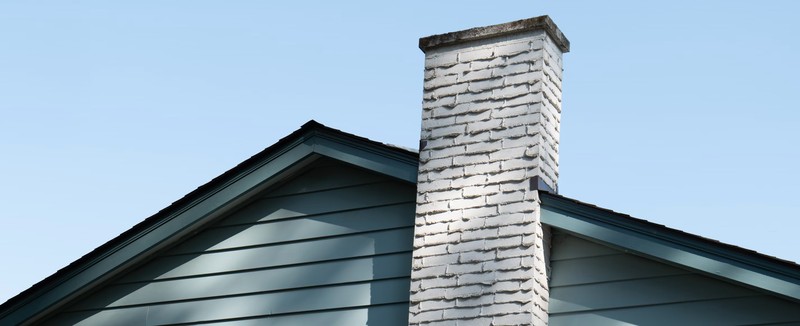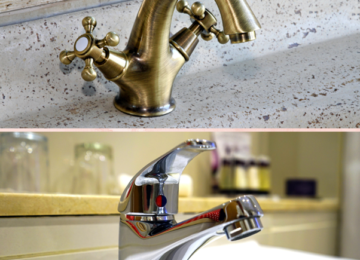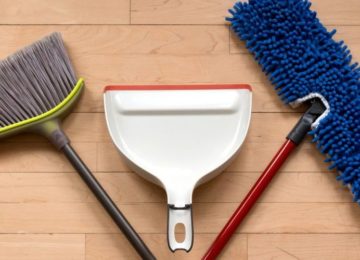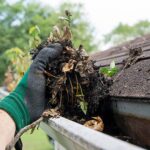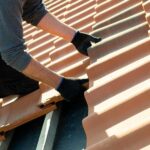As the temperature starts to drop and the cozy evenings by the fireplace become more appealing, it’s essential to ensure that your chimney is in top-notch condition.
A clean and well-maintained chimney not only guarantees efficient heating but also minimizes the risk of potential hazards. If you’re a homeowner looking for simple ways to clean and maintain your chimney, you’ve come to the right place.
In this comprehensive guide, we’ll walk you through the steps of chimney care, ensuring a warm and safe haven for you and your family.
What Can Cause a Dirty Chimney?

A chimney, while serving as an essential part of a cozy home, can also be a hidden repository of various forms of dirt and debris. Several factors contribute to the accumulation of dirt in a chimney, some of which might surprise you.
Understanding what makes a chimney dirty is crucial in appreciating the importance of regular cleaning and maintenance.
Creosote Buildup
The primary contributor to chimney dirtiness is creosote, a highly flammable substance that forms as a result of burning wood or other fuels. This sticky, tar-like residue clings to the inner walls of the chimney as smoke rises, gradually accumulating over time. If left unattended, creosote buildup can become a serious fire hazard.
Soot and Ash
Burning wood or fossil fuels releases microscopic particles known as soot and ash. These particles find their way up the chimney, leaving behind a layer of fine, powdery residue.
Over time, this layer can become thick and restrict proper airflow, reducing the chimney’s efficiency and potentially causing poor combustion.
Debris and Nesting Materials
Chimneys often provide warm and protected spaces for birds, squirrels, and other creatures to build nests. Leaves, twigs, feathers, and other debris can accumulate alongside these nests, further obstructing the chimney’s proper functioning.
Moisture and Weathering
External elements like rain and snow can introduce moisture into the chimney. Over time, this moisture can mix with the accumulated soot and creosote, creating a corrosive mixture that damages the chimney’s masonry and lining.
Flue Blockages
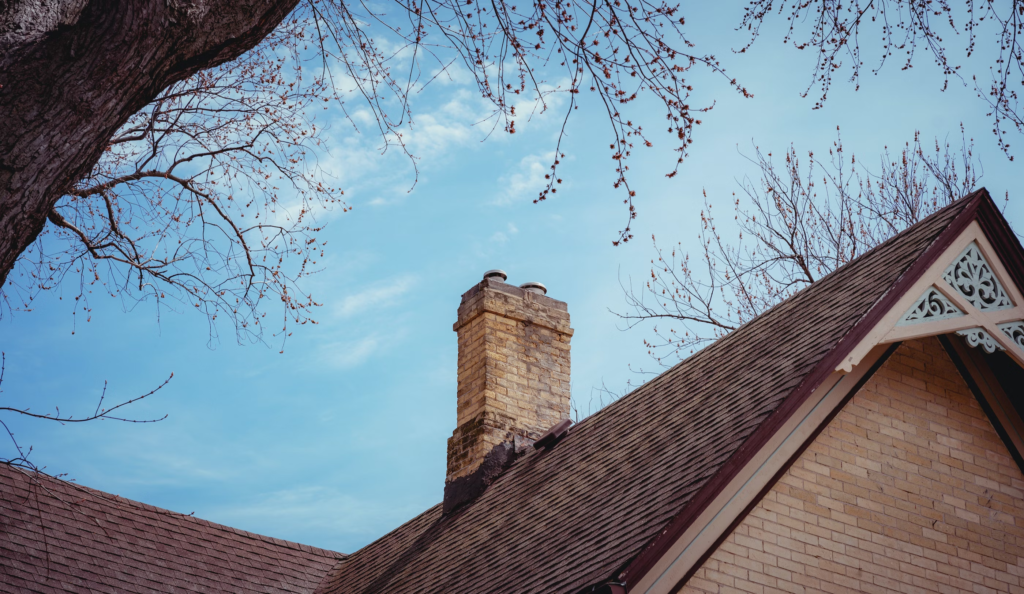
Items accidentally dropped into the fireplace or animals seeking shelter can lead to blockages within the chimney. These blockages not only restrict airflow but also pose a serious risk of carbon monoxide buildup within the home.
Understanding the Importance of Chimney Maintenance

Chimneys serve as the exit point for the byproducts of combustion, such as smoke, gases, and debris. Over time, these byproducts can lead to the accumulation of creosote that can trigger chimney fires.
To prevent this and ensure proper functioning, regular maintenance is crucial.
Inspection Comes First
Before diving into cleaning, start with a thorough chimney inspection. Look for signs of damage, such as cracks, loose bricks, or mortar joints. These issues can weaken the chimney’s structure and may even compromise its safety. If you’re unsure, it’s always a good idea to consult a professional chimney service.
Gather Your Tools
To clean your chimney effectively, you’ll need some basic tools. These include a chimney brush (sized appropriately for your flue), a stiff wire brush, a vacuum cleaner, a drop cloth, and protective gear such as gloves and goggles.
Clearing the Ashes

Begin by removing any ashes or debris from the fireplace and hearth. This step is essential to ensure a clean workspace.
Brush the Flue
Using the chimney brush, start brushing the interior of the flue. Work from the bottom upwards, scrubbing away creosote and soot buildup. Be sure to use a sturdy and flexible brush to reach all the nooks and crannies. Repeat this process until the brush comes out clean.
Dealing with Creosote Buildup
If you notice a significant amount of creosote buildup, it’s advisable to consult professionals for a thorough cleaning. Creosote is highly combustible and can lead to chimney fires if left untreated.
Cleaning the Fireplace Surroundings
Don’t forget to clean the area around the fireplace, including the hearth and mantle. Wipe away dust, cobwebs, and any debris that may have accumulated.
Check the Chimney Cap and Damper
Inspect the chimney cap and damper for any signs of damage or obstruction. These components play a crucial role in preventing animals, debris, and rainwater from entering the chimney.
Professional Inspection and Maintenance
While regular DIY maintenance is essential, it’s recommended to schedule a professional chimney inspection and cleaning at least once a year. Professionals can identify hidden issues and provide a more thorough cleaning, ensuring your chimney’s longevity and safety.
Secure Professional Chimney Care with Creative Masonry & Chimney
Maintaining your chimney is a task that requires attention to detail and expertise. For comprehensive and personalized chimney maintenance and chimney cleaning Manchester CT and chimney repair East Hartford CT, consider Creative Masonry & Chimney.
Their team of experienced chimney professionals specializes in ensuring the safety and efficiency of your chimney, allowing you to enjoy a warm and worry-free winter season.
So what are you waiting for? Call them at (860) 225-9178 now to learn more about their chimney cleaning, repair, and maintenance services, and schedule a consultation now.

